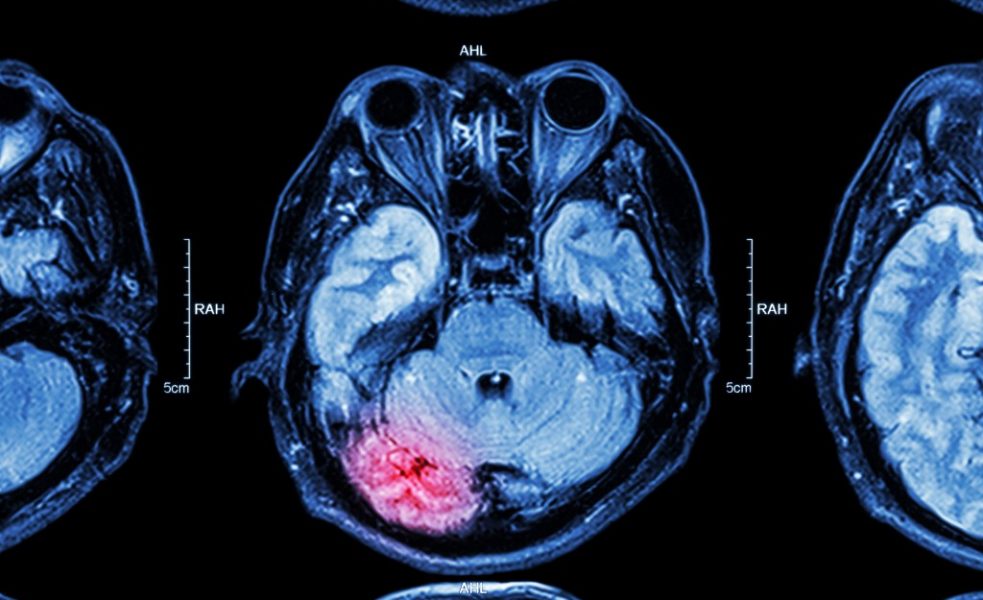Do you know that Salt Lake City has one of the worst cases of vehicle crashes in the country? In 2017, it ranked second after Sacramento, according to Quote Wizard.
You, however, are not going to read fatality or injury statistics. You will not even learn about the causes. Instead, you will know what happens after the accident. What kinds of injuries can you sustain, and how can they impact your life?
The Dangers of Whiplash
One of the most common vehicular injuries is whiplash, which affects the neck and the surrounding muscles and connective tissues. The strain and pain occur when there’s sudden acceleration or deceleration. It forces your head to move forward and backward with very little self-control.
The issues with whiplash don’t end with the pain and strain. A 2010 study revealed an association between the injury and symptoms of post traumatic stress disorder. It can even result in social isolation, anxiety, stress, and substance abuse.
Now, a lot of people think that only drivers can develop such injury; but in reality, it can happen to anyone. Sometimes, the symptoms such as fatigue, vision problems, and nausea can be so severe they are debilitating.
Fortunately, whiplash is treatable. For example, you can look for an auto injury chiropractor in Salt Lake City to correct misalignment and help the tissues and tendons heal. The treatment can last for a couple of sessions, but the sooner you get it worked on, the better to minimize the more severe complications and outcomes.
The Lifelong Effects of TBI

TBI or traumatic brain injury is commonly associated with football players and people who are in the military. In reality, more than 25% of TBI cases involving young adults were due to vehicle crashes or accidents, according to the Centers for Disease Control and Prevention (CDC).
Not everyone who experiences injury to the brain develops health problems. Some of them can recover fully, especially after years of therapy. In many situations, though, TBIs can affect a person’s quality of life significantly.
TBIs can introduce polytrauma, which can lead to both physical and mental disabilities. They might develop memory gaps or lose their cognitive skills more quickly. These challenges can lead to other psychiatric disorders such as depression.
TBIs are not also cheap. In 2010 alone, the healthcare costs of the disease amounted to more than $75 billion. The spending also doesn’t stop after the hospitalization. The injury could mean a lifetime of therapy and professional care.
With TBIs, prevention is the key. One of these is wearing a seatbelt. In a 2015 Taiwanese study spanning 16 years, the severity of TBIs declined since the implementation of the seatbelt law. For those who sustained the injury, the prognosis was better than those who didn’t.
The impact of a vehicle accident can go beyond property damage. In some cases, the symptoms won’t appear until after a few weeks or months. While you cannot control when accidents can happen, you can manage two things: what you do behind the wheel and the kind of medical help you seek after a crash. Both of these can save your life in many ways.



